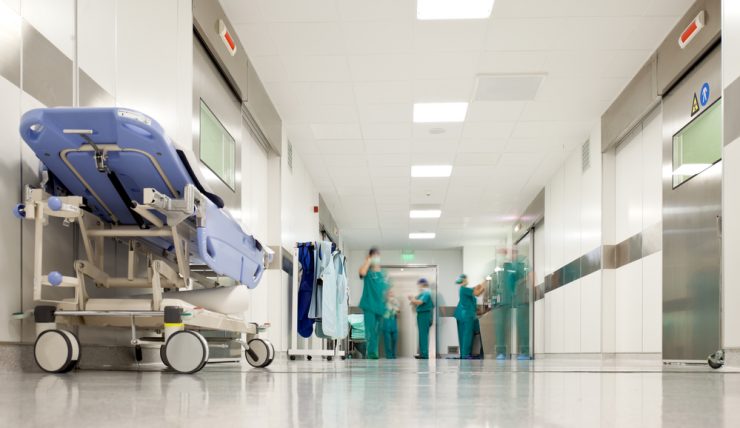Gastrectomy is a procedure in which all or a part of stomach is removed by surgery. If only a part of stomach is removed, it is known as partial gastrectomy.In case of total gastrectomy, the whole stomach is removed. Gastrectomy is needed for treatment of severe stomach ulcers, stomach cancer and bleeding in the stomach. Severe obesity can be treated by sleeve gastrectomy.This procedure involves removal of 60% of the stomach.
Why is gastrectomy necessary,
Gastrectomy becomes necessary to treat some forms of stomach cancer which needs removal of the tumour. Gastrectomy becomes necessary for treatment of stomach ulcer in the following cases:
-if a stomach ulcer causes severe bleeding
-if an ulcer is perforating your stomach wall
-if any other treatment fails to heal the ulcer
Gastrectomy for stomach ulcer usually involves removal of antrum that contains the cells responsible for producing stomach acid. This procedure is called antrectomy. Sleeve gastrectomy is performed if a person is seriously obese and is not able to reduce his food intake by his own.
How is gastrectomy performed,
A general anaesthesia is given before gastrectomy is performed. The stomach must be kept empty before the surgery. The patient is not allowed to take water or food before the surgery for at least 6 to 8 hours. A nasogastric tube is passed into the stomach to keep the stomach empty and prevent complications such as vomiting. Different surgical techniques are used for gastrectomy and the most common of them is making an incision in the upper abdomen. Laparoscopy is also done in some cases. In laparoscopic gastrectomy three or four tiny scars are there instead of one large scar in the abdomen and the patient takes less time to return back to normal activities. But this procedure is not suitable in the later stages of stomach cancer. After removal of stomach the digestive tract is reconstructed so that the patient is able to digest food normally. In case of a partial gastrectomy, the surgeon attaches the remaining portion of stomach to small intestine. In total gastrectomy, the tube between mouth and stomach is directly attached to small intestine.
Disadvantages
The mechanism that controls the removal of food from stomach is affected after
gastrectomy is done. Such a condition may lead to overloading of small intestine and causing diarrhoea. This causes drop in the blood sugar level and makes the fluid drain into the intestine. The symptoms that appear for dumping syndrome include the following
– dizziness
– drowsiness
– sweating
– irregular heartbeat
-light-headedness,
– Pain in the abdomen
– Diarrhoea.
These symptoms generally last for 30 minutes to two hours.
Dumping syndrome can be avoided by eating solid meals frequently. The food taken should be rich in starch with low sugar content. Foods such as chocolate and sugary drinks which contain easily absorbed sugar should be avoided. If dumping syndrome is experienced after a few hours of taking the meal, food should be taken in small amount. The food should be rich in protein. The dumping syndrome settles after a while and drugs might also help to overcome this syndrome













